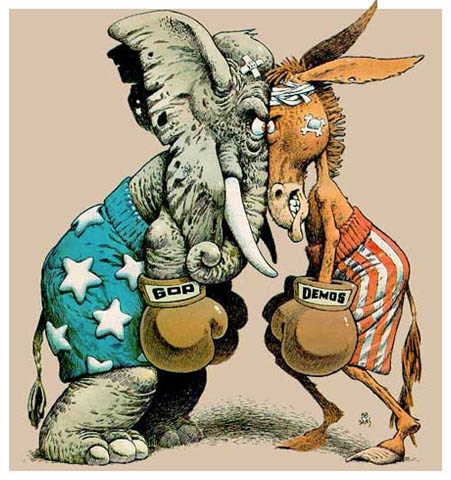BP sold out to the Green movement years ago and yet they (BP) are the ones responsible for the ecological catastrophe in Louisiana. Maybe BP should have spent more time on using standard procedures that cost more to drill in the deep water of the Gulf instead of paying off the environmentalists over the years, writing the Obama Cap and Trade legislation, and going the cheap route as alleged by Anadarko Petroleum yesterday.
BP put their workers at risk for their lives just as they had done before with their lax safety record. This time it bit them with the loss of 11 lives -- their saving money going the cheap route will cost them billions in the end as the tab will continue to grow. Not only is the cost rising daily but their reputation is in tatters along with the Obama and his Administration for lack of response to the initial explosion.
If you want to see what a reputable company does in deep water drilling you need to read the article on Shell's Perdido. One item that Shell engineers developed that costs more but is much safer and is a first for the Gulf of Mexico -- new equipment separates water from oil and natural gas at the sea floor, rather than having to do it all on the platform. Shell has taken years to get Perdido up and running while refusing to cut corners.
Since BP was a minor partner in Perdido, we find it even stranger that BP refused Shell's help immediately after the explosion. Why did BP and Obama refuse help by other oil companies along with foreign countries? That makes no sense at all.
What makes the least sense of all is that BP had warnings they were in trouble and did nothing while continuing to drill. We should say they did do something by notifying Minerals Management of their problems so both BP and the Government are culpable in ignoring the warning signs. That is why we are saying criminal negligence charges should be filed not only against BP but those who in the Administration who approved of BP continuing with this well knowing they had huge problems which could lead to a blow out and explosion of the well. We hope that an alternative plan would have been put in place if they had any idea that their worst case scenario was going to come true. The problem is they kept right on drilling like they had no problems.
Cracks Show BP Was Battling Gulf Well as Early as February
By Alison Fitzgerald and Joe Carroll - Jun 17, 2010
BP Plc was struggling to seal cracks in its Macondo well as far back as February, more than two months before an explosion killed 11 and spewed oil into the Gulf of Mexico.
It took 10 days to plug the first cracks, according to reports BP filed with the Minerals Management Service that were later delivered to congressional investigators. Cracks in the surrounding rock continued to complicate the drilling operation during the ensuing weeks. Left unsealed, they can allow explosive natural gas to rush up the shaft.
“Once they realized they had oil down there, all the decisions they made were designed to get that oil at the lowest cost,” said Peter Galvin of the Center for Biological Diversity, which has been working with congressional investigators probing the disaster. “It’s been a doomed voyage from the beginning.”
BP didn’t respond to calls and e-mails seeking comment. The company’s shares rose 22 pence to 359 pence today in London after the company struck a deal with the Obama administration yesterday to establish a $20 billion fund to pay cleanup costs and compensation. BP has lost 45 percent of its market value since the catastrophe.
On Feb. 13, BP told the minerals service it was trying to seal cracks in the well about 40 miles (64 kilometers) off the Louisiana coast, drilling documents obtained by Bloomberg show. Investigators are still trying to determine whether the fissures played a role in the disaster.
‘Cement Squeeze’
The company attempted a “cement squeeze,” which involves pumping cement to seal the fissures, according to a well activity report. Over the following week the company made repeated attempts to plug cracks that were draining expensive drilling fluid, known as “mud,” into the surrounding rocks.
BP used three different substances to plug the holes before succeeding, the documents show.
“Most of the time you do a squeeze and then let it dry and you’re done,” said John Wang, an assistant professor of petroleum and natural gas engineering at Penn State in University Park, Pennsylvania. “It dries within a few hours.”
Repeated squeeze attempts are unusual and may indicate rig workers are using the wrong kind of cement, Wang said.
Grappling Engineers
BP Chief Executive Officer Tony Hayward and other top executives were ignorant of the difficulties the company’s engineers were grappling with in the well before the explosion, U.S. Representative Henry Waxman, chairman of the House Energy and Commerce Committee, said today during a hearing in Washington.
Excerpt: Read More at Bloomberg





No comments:
Post a Comment